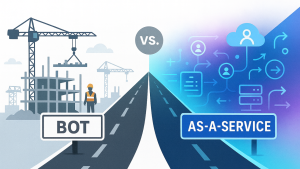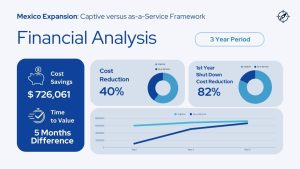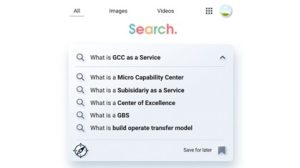
According to Gartner, Mexico is the preferred IT Nearshore option for the North America Market including for nearshore IT staffing. But which cities in Mexico are the best?, which city has more advantages for Remote Work?
Short answer: It depends.
Long answer: Mexico has the same time zones that the U.S., so if you want a location that shares the same time zone as your headquarters, check first. Tijuana is in Pacific Standard Time, while Mexico City, Monterrey, and Guadalajara are in Central Time. It will also depend if you are a software company with B2C customers, or a B2B Enterprise Software Consulting firm.
But if you prefer to have a bigger Talent Pool to choose from, you should consider the largest cities in Mexico, which are Mexico City, Monterrey, and Guadalajara, all in Central Time. An additional benefit of these cities is their International Airports, so you can have the full advantage of Nearshoring: to be able to fly in with the customer on the same day (with similar traveling distances as other U.S. Cities).
Most of the International Tech Companies in Mexico have landed in Monterrey and Guadalajara, because of their engineering schools and bilingual population. Also, most of the contractors hired by nearhsore IT Staffing Augmentation Firms are from 3 cities; Monterrey, Guadalajara, and Mexico City, although most of these firms don’t have a presence in these cities.
Guadalajara calls itself the Mexican Silicon Valley, while Monterrey is the Business Capital of Mexico and the IT HUB. Enterprise Software companies prefer Monterrey, while B2C Software Companies prefer Guadalajara.
IT Nearshore in Monterrey
Monterrey, placed in the state of Nuevo Leon, is close to the best city in Mexico for a Nearshore IT Delivery Center border and because of its large industry, has a highly skilled and known as the most productive labor force in Mexico.
Key Facts:
- More than 100 universities
- Largest engineering school in México
- Best ranked Business School in LATAM
- High English speaking proficiency
- Nuevo Leon graduates more than 8,500 engineers every year
- Less than 4hrs direct flight to US main cities:
- To Dallas or Houston: 1 ½ hours
- To Miami, L.A. or Las Vegas: 3 hours
- To Chicago: 3 ½ hours
- To New York: 4 hours
Delivery Center in Guadalajara
The best city in Mexico for an IT Nearshore Delivery Center Guadalajara, in the Jalisco State, is known as the Start-up and Tech hub Capital and also as the Mexican Silicon Valley due to its electronics industry. In recent years, Guadalajara has turned itself into a global center for research and development, programming, and design.
Key Facts:
- Guadalajara is considered one of the biggest urban areas in the country in terms of size.
- It is the third most important economic hub in the country, with a GDP of 77,400 million dollars in 2012, and the eleventh in Latin America.
- The city’s economy is based on industry, especially information technology.
- Qualified Labor Force:
- There are 16 technology institutes and 12 universities.
- Graduating more than 8,000 technical and engineering students per year.
- Direct Flights to:
- San Francisco: 4 hours
- Los Angeles: 3 ½ hours
- Chicago: 4 ½ hours
- Las Vegas: 3 ½ hours



